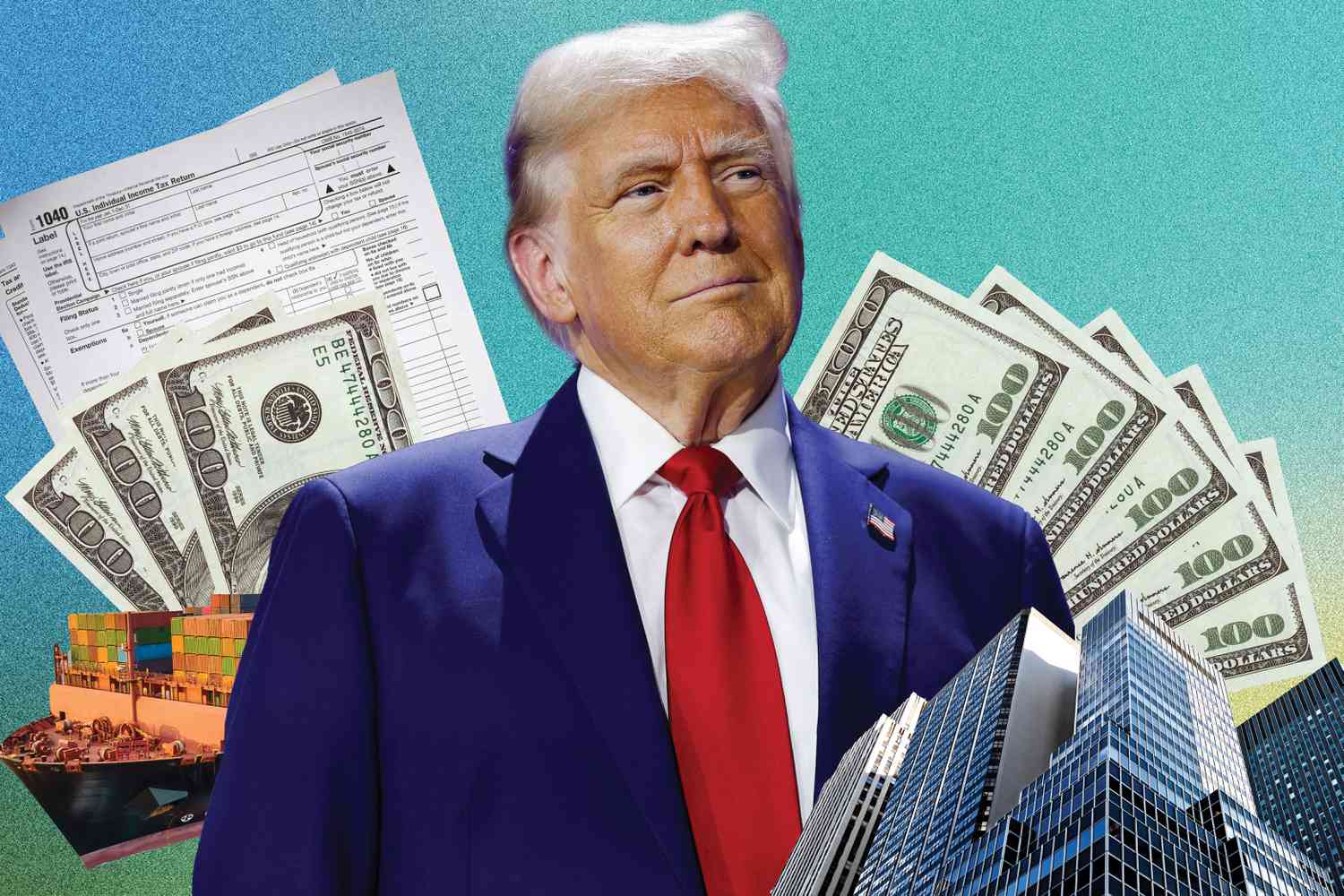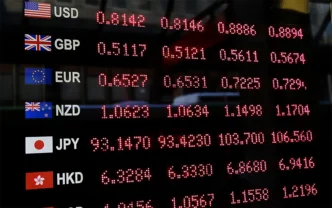The Federal Reserve, long regarded as one of the most stable and unified institutions in global finance, is entering a period of extraordinary internal fracture. For the first time in modern history, analysts warn that the central bank’s next interest-rate vote could end in a 6–6 deadlock. This scenario, outlined by Capital Economics, reflects a profound split within the Federal Open Market Committee (FOMC) over the direction of U.S. monetary policy. A tie would be unprecedented, and more importantly, it would signal a degree of uncertainty that could have far-reaching consequences for markets, policymakers, and the broader American economy.
To understand how the Fed reached this point, one must recognize the complexity of the current economic landscape. After two years of aggressive rate hikes intended to curb inflation, followed by cautious steps toward easing, the U.S. economy sits at a crossroads where neither inflation nor growth provides a definitive signal. Inflation has moderated but remains stubborn in several categories, particularly services and housing. At the same time, the labor market, while still relatively strong, has begun to show signs of cooling as job creation slows and wage pressures ease. Economic growth remains positive but increasingly fragile, with rising consumer debt and tightening credit conditions hinting at potential weakness.
These conflicting signals have pushed the Fed’s policymakers into two opposing camps, each interpreting the data through a different lens. One bloc argues that inflation remains too persistent to justify further interest-rate cuts. For these officials, premature easing risks reigniting price pressures and repeating the policy mistakes of the 1970s, when inflation surged after overly rapid rate reductions. They see the current environment as one in which caution is paramount, insisting that holding rates steady remains the safer course.
The second bloc, however, believes that economic risks now tilt in the opposite direction. These policymakers warn that maintaining rates at restrictive levels for too long could trigger a recession. They point to weakening consumer spending, deteriorating small-business sentiment, and rising financial pressures on households. In their view, the greatest danger is not inflation but an avoidable economic downturn—one that could be mitigated by timely rate cuts.
The intensity of the disagreement is unlike anything seen since the aftermath of the financial crisis. Unlike previous periods of dissent, when one or two policymakers might cast symbolic dissenting votes, today’s disagreement runs through the core of the committee itself. The possibility of a 6–6 tie underscores the extent to which the economic environment has defied clear interpretation. Both sides can reasonably claim that the data supports their view, making consensus nearly impossible to achieve.
If the committee were to deadlock, the responsibility for breaking the tie would fall to Federal Reserve Chair Jerome Powell. While the rules allow the chair’s decision to prevail, such an outcome would expose the Fed’s internal divisions to an uncomfortable degree of public scrutiny. Market participants, who are accustomed to clear forward guidance from the central bank, would be forced to grapple with a suddenly ambiguous policy regime. The resulting uncertainty could generate significant volatility, from equities and bonds to commodities and global currencies.
A tie would also raise broader questions about the Fed’s credibility and independence. Political actors on both sides of the aisle have already expressed impatience with the central bank’s handling of inflation, rate decisions, and balance-sheet policies. A public demonstration of internal discord could embolden critics who argue that the Fed has misread the economy or allowed political considerations to influence its decisions. In a contentious election environment, such criticism could undermine confidence in the central bank at a moment when stability is crucial.
Despite the gravity of the situation, a deadlock is not inevitable. Powell may attempt to broker a compromise that preserves unity, perhaps by pairing a small rate cut with stronger forward guidance to signal caution. Alternatively, he could persuade one faction to defer its position for the sake of institutional cohesion. Yet even if the next vote avoids a tie, the underlying divisions will persist. The Fed remains fundamentally uncertain about the state of the economy, and that uncertainty is shaping every aspect of its deliberations.
At its core, the possibility of a tied vote reflects the deeper challenges facing the U.S. economy. The post-pandemic recovery has been defined by contradictory trends: inflation that falls but refuses to fade entirely, employment that cools but does not collapse, and growth that persists even as financial pressures mount. These contradictions make policymaking exceptionally difficult, and they have thrust the Federal Reserve into its most fragile moment in years.
Ultimately, the next rate decision is about more than the cost of borrowing. It will reveal whether the nation’s most influential economic institution can still speak with a unified voice. If the Fed fractures publicly, the consequences will reverberate far beyond the walls of the Eccles Building, shaping market expectations, political narratives, and economic confidence for years to come. The world is watching closely—not just to see what the Fed does, but whether it can still decide anything at all.














